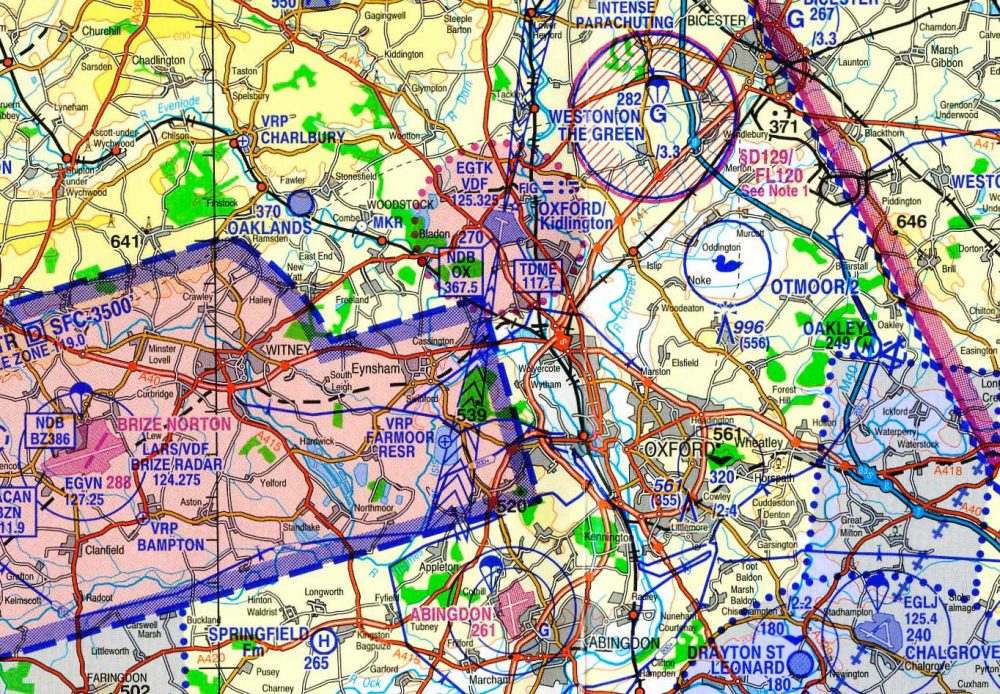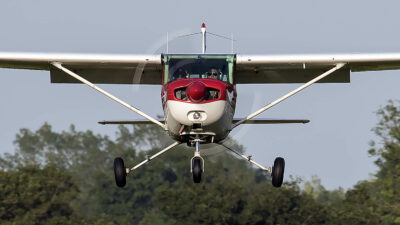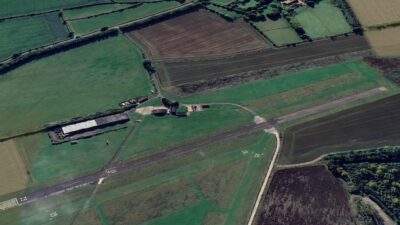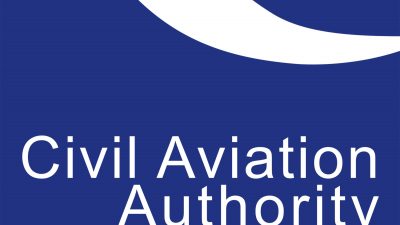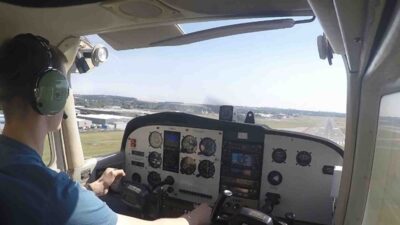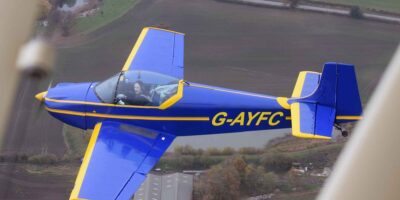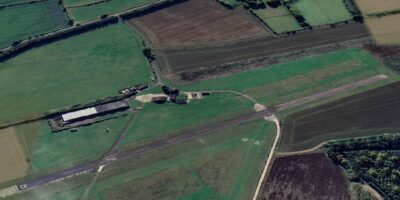London Oxford Airport is joining a select bunch of other airports with a Frequency Monitoring SSR Code – otherwise known as a transponder squawk – from Tuesday, 1 March.
Squawk code 4517 is already allocated to Oxford, and the airport and CAA have confirmed that it can be assigned as the SSR Frequency Monitoring Code. The frequency utilised will be 127.750 MHz (Oxford Approach/Oxford Radar) and the code may be used out to a range of 20nm from Oxford Aerodrome outside controlled airspace during the hours 0800 – 1800 (local time).
The idea is that pilots squawk the code and listen on the frequency (unless they are already in two-way radio communication with the airport). If the controllers at the airport wish to contact the pilot, for instance to understand his/her intentions, they can call on that frequency. If your aircraft has a Mode S transponder, they will know your aircraft registration and will use that. Otherwise they will say something like, “Aircraft 2nm east of Radstock at 1500 ft heading south-west” [according to GASCo].
The UK Aeronautical Information Publication (AIP) will be updated under AIRAC 05/2016 (distributed 17 March 2016, effective 28 April 2016). However the SSR code will be available for use from 1 March 2016 and will therefore be activated by NOTAM.
UK airports with a dedicated SSR code are:
Bristol squawk 5077 / listening frequency 125.650
Birmingham 0010 / 118.050
Southampton/Bournemouth 0011 / 120.225 (SOU), 119.475 (BOH)
Gatwick/London City 0012 / 126.825 (LGW), 132.700 (LCY)
Luton/Stansted 0013 / 129.550 (LTN), 120.625 (STD)
Edinburgh 0440 / 121.200
Glasgow 2620 / 119.100
Leeds Bradford 2677 / 133.125
East Midlands 4572 / 134.175
Farnborough 4572 / 125.250
Doncaster Sheffield 6170 / 126.225
Belfast Aldergrove 7045 / 128.500
Manchester 7366 / 118.575
Warton 3660 / 129.525
Oxford 4517 / 127.750
See CAA Information Notice IN-2016/017
London Oxford Airport information


